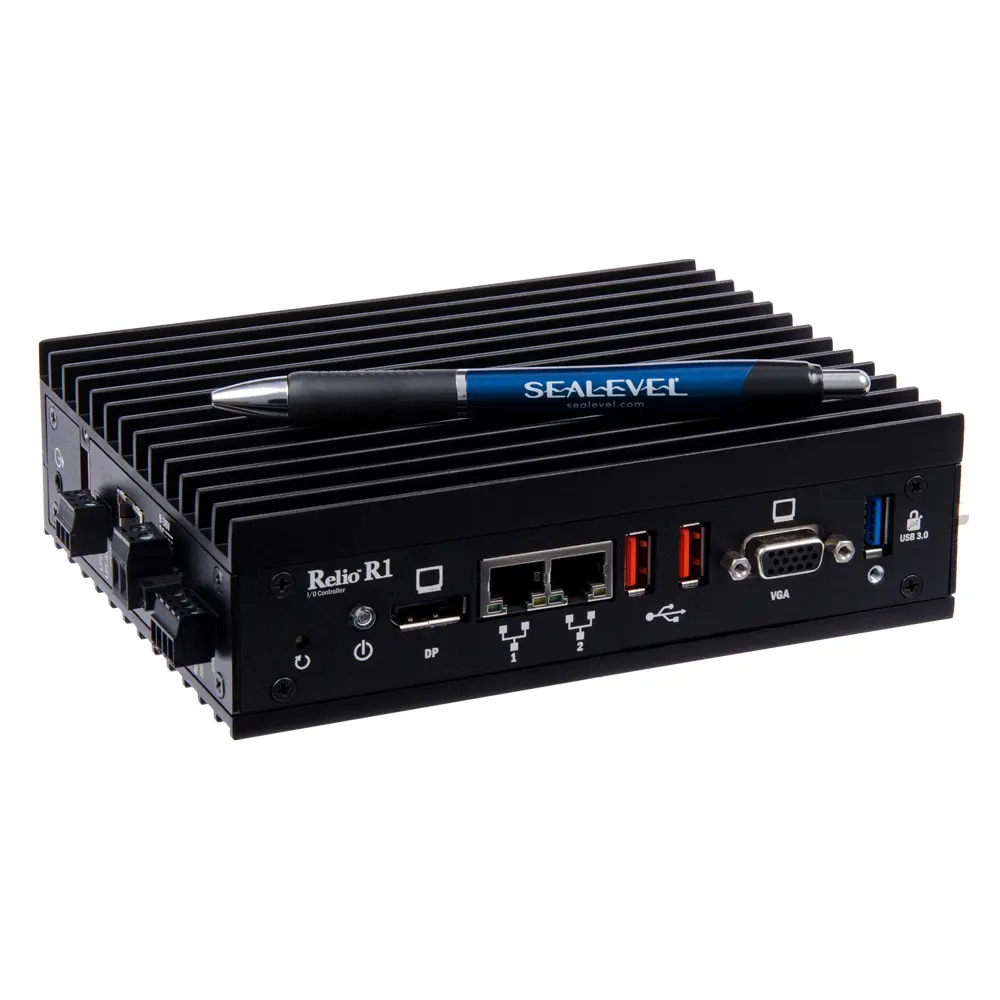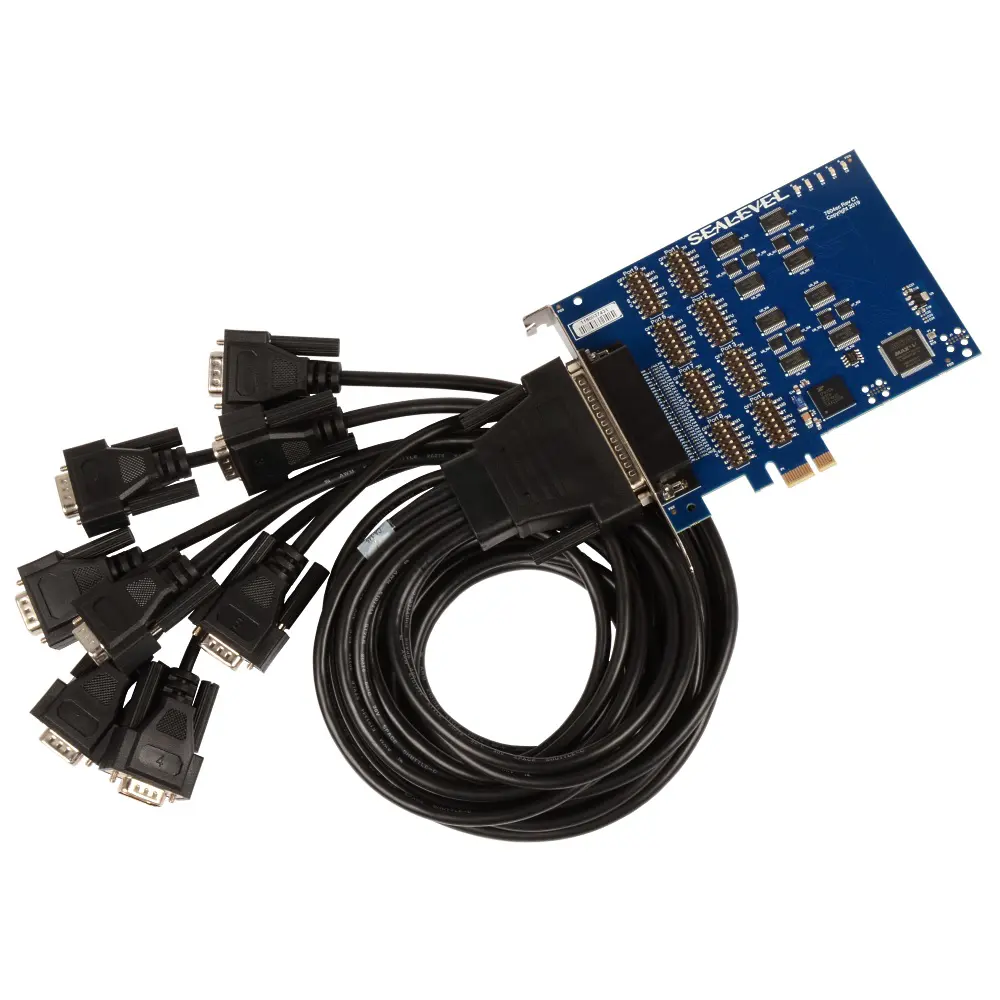How Industry 4.0 is Transforming the Mining Industry
July 8, 2022Mining has been present in America since colonial times, but it truly started to gain popularity during the 1800s with the discovery of new minerals. Since then, industry leaders have continually created new tools and methods to increase efficiency, improve safety and be more mindful of the environment.
Primary Mining Methods
There are four main methods of mining used today: underground, surface, placer and in-situ mining. Underground mining is used to reach deeper deposits with valuable ores and minerals while surface mining is typically used for more shallow deposits, the most common being coal. Placer mining serves to sift out valuable metals such as gold and platinum from sediments in bodies of water and in-situ mining is primarily used to mine uranium by dissolving the minerals underground, then processing them at the surface so as not to remove any rock from the ground. Each method comes with benefits and risks, both to the workers and the environment. Because of this, the industry is innovating technologies that will result in cost reductions and increased productivity and safety measures.
Evolving Technology for Mining
The technology involved in the mining process has had to evolve over the years to improve the safety of workers, reach deeper deposits and create a more sustainable business model. Historically, the industry was composed of a labor-intensive workforce and extremely unsafe conditions. In recent years, more focus has been on removing employees from dangerous working conditions by using automated and semi-automated technologies. With the addition of more modern heavy machinery such as drills, explosives and crushing equipment, the job has become more efficient and safer. Technological advancements have also been key to accessing more complicated sites that involve extreme weather conditions, harder rock masses, deeper deposits and high-risk environments. One crucial advancement that improved production was the addition of continuous mining equipment to underground coal mining. Draglines and bucket wheel excavators were also improvements that increased efficiency in surface coal mining. Previously thought to be untouchable, deeper ore bodies in high-risk environments are now accessible through the use of hydraulic fracturing and confined blasting to precondition the rock masses.
Mining & Industry 4.0
The fourth industrial revolution, Industry 4.0, represents the transition to a more interconnected and digital world across all industries, including mining. When looking ahead, automation, digitization and electrification all make up the core of the industry’s future. The implementation of smart sensors [MH2] will allow for reduced on-site hazards and equipment failures, preventative maintenance and increased equipment productivity. Other promising technological innovations include the implementation of AI, IoT, and machine learning to improve performance without eliminating all jobs. Remote operation centers (ROC) allow workers to operate this machinery away from dangerous work sites. Autonomous machines [MH3] are predicted to be mainstreamed by 2025 to maximize efficiency and reduce costs, as reported by the World Economic Forum (WEF). More technologies on track to improving the mining industry include autonomous vehicles, automated drilling and tunnel-boring systems and drones.
Sealevel Products at Work in Mining
Rugged Computing Performance for Hydraulic Fracturing

A leader in fracking relies on Sealevel’s Relio R1 for an industrial computer that can withstand the intense shock, high vibration and extreme temperatures that are inherent to the industry. Through a fanless design, intentional component placement and other thermal management solutions, the Relio R1 meets the performance requirements, exceeding MIL-STD-810.
Communications & Control for Mining Vehicles

Sealevel has a long-time partnership with an international integrator that supports the mining industry with communications and control solutions through edge computing platforms. Their primary vehicle application relies on a custom carrier board from Sealevel and also utilizes several of our PCIe asynchronous adapters. These systems enable flexibility for networking and/or hosting mobile and fielded systems including machine healthy, high-precision GPS, slope monitoring and dewatering.
The mining industry has undergone many transformations over the years to maximize safety while decreasing costs. With even more technological advancements on the horizon, the industry will increasingly become more efficient and conscious of the environment. As Industry 4.0 begins to take full effect, the mining industry will continue to evolve and do its part to contribute to the conversation.